15+ Best Headless CMS to Use in 2025
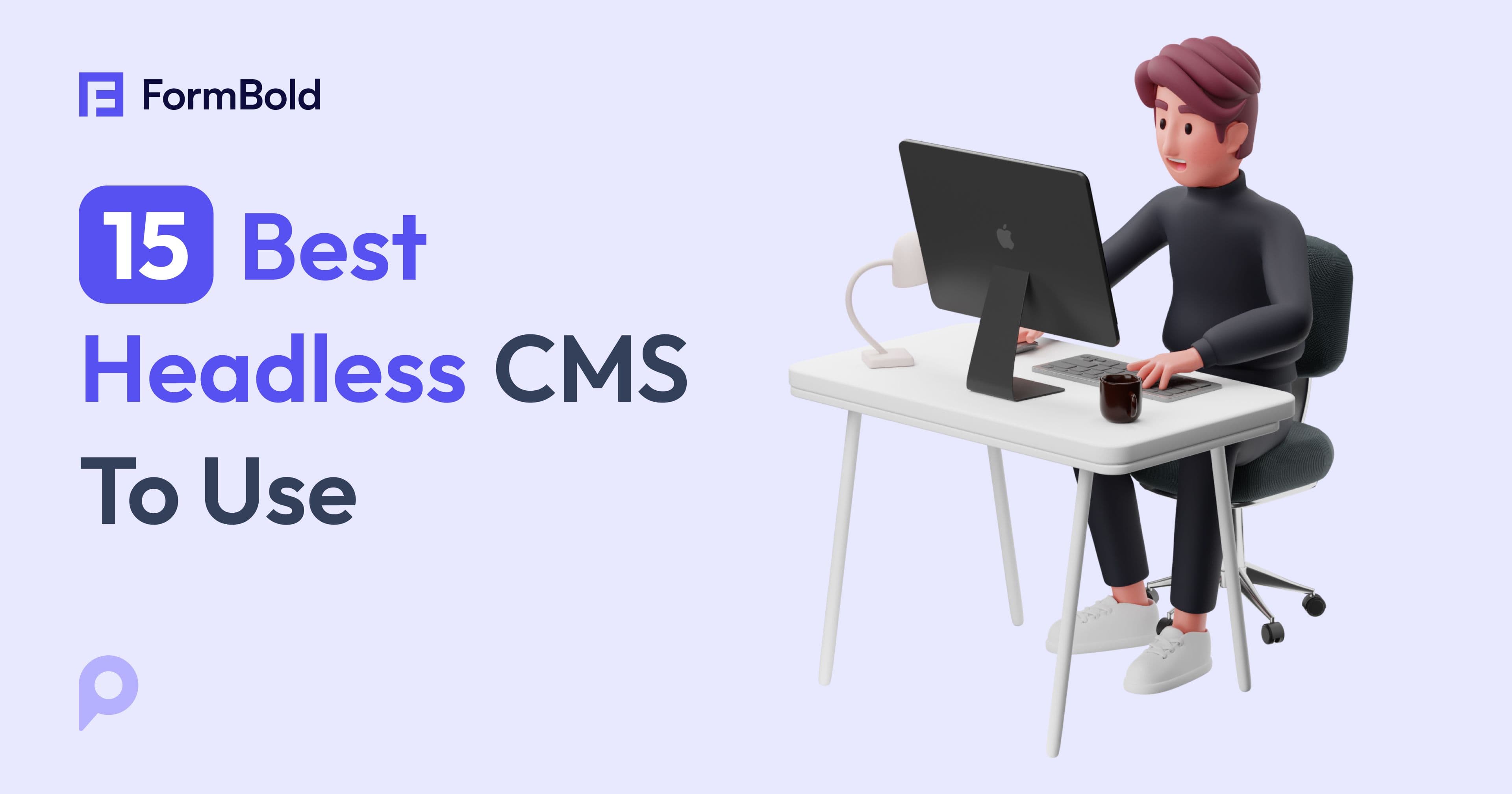
Are you struggling to manage your content across multiple platforms?
Traditional CMS platforms often lack the flexibility and scalability modern projects demand. That’s where a top headless CMS stands out — giving you full control to create, manage, and deliver content across websites, apps, and digital channels.
But what makes a headless CMS different?
Unlike traditional systems, a headless CMS decouples the front end (the "head") from the backend (the "body"). It delivers content via APIs like REST or GraphQL, enabling seamless integration with modern frameworks like React, Next.js, Vue, and Angular.
In this blog, we’ll explore the best headless CMS platforms to use in 2025. Whether you're building with React, Next.js, or looking for a scalable cloud-based solution, this guide will help you find the right platform for your project.
What is a Headless CMS?
A headless CMS is a backend-only system that stores and manages content separately from its presentation. It delivers content through APIs like REST or GraphQL, allowing you to build frontends with frameworks such as React, Next.js, Angular, or Vue.
Unlike traditional CMS platforms, which combine content management and delivery, headless CMS focuses only on structured content. This makes it easier to distribute content across websites, mobile apps, and digital platforms.
Most top headless CMS platforms operate as Software as a Service (SaaS). Editors manage content through a web interface, while APIs handle content delivery from a cloud-based backend. Some platforms also offer self-hosted options for full server control.
Headless CMS systems provide faster performance, scalability, and flexibility for modern application development.
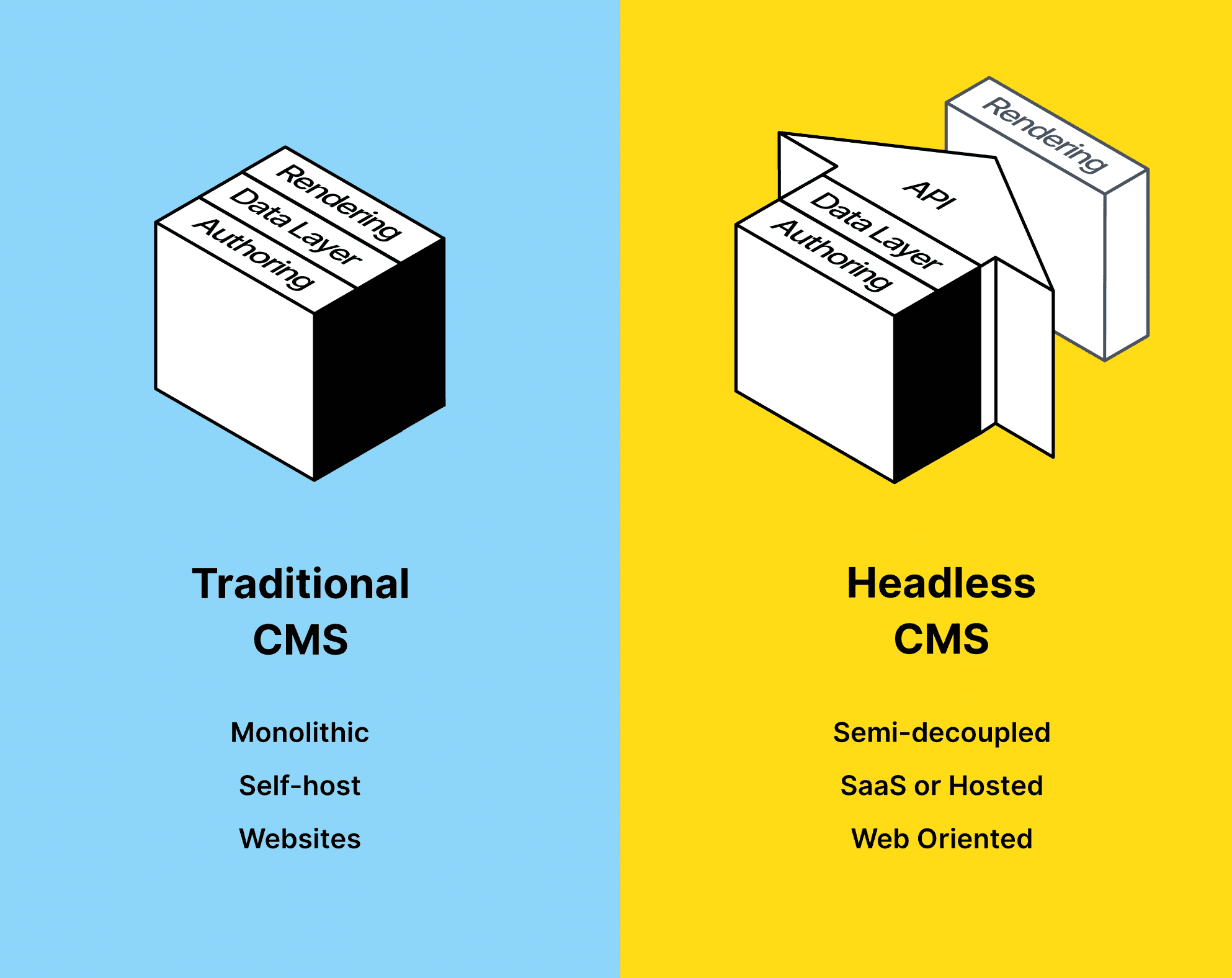
Why is getting popular?
The demand for headless CMS is growing rapidly, and for good reason.
- Developer Flexibility: Developers can use any front-end framework like React or Next.js with structured content.
- Omnichannel Delivery: You can push content to websites, apps, IoT devices, and more — not just traditional websites.
- Faster Performance: Decoupled architecture improves page load speeds and user experience.
- Future-Ready Architecture: With APIs like GraphQL, headless CMS platforms offer seamless integrations and adaptability.
- Scalability: Easily scale your projects without being limited by the front-end or backend structure.
In short, a headless CMS offers the freedom to innovate without the restrictions of traditional systems.
Best Headless CMS for 2025
Explore 15+ top headless CMS platforms redefining content management in 2025. These tools offer unmatched flexibility, real-time collaboration, and seamless integration with modern web frameworks.
Sanity
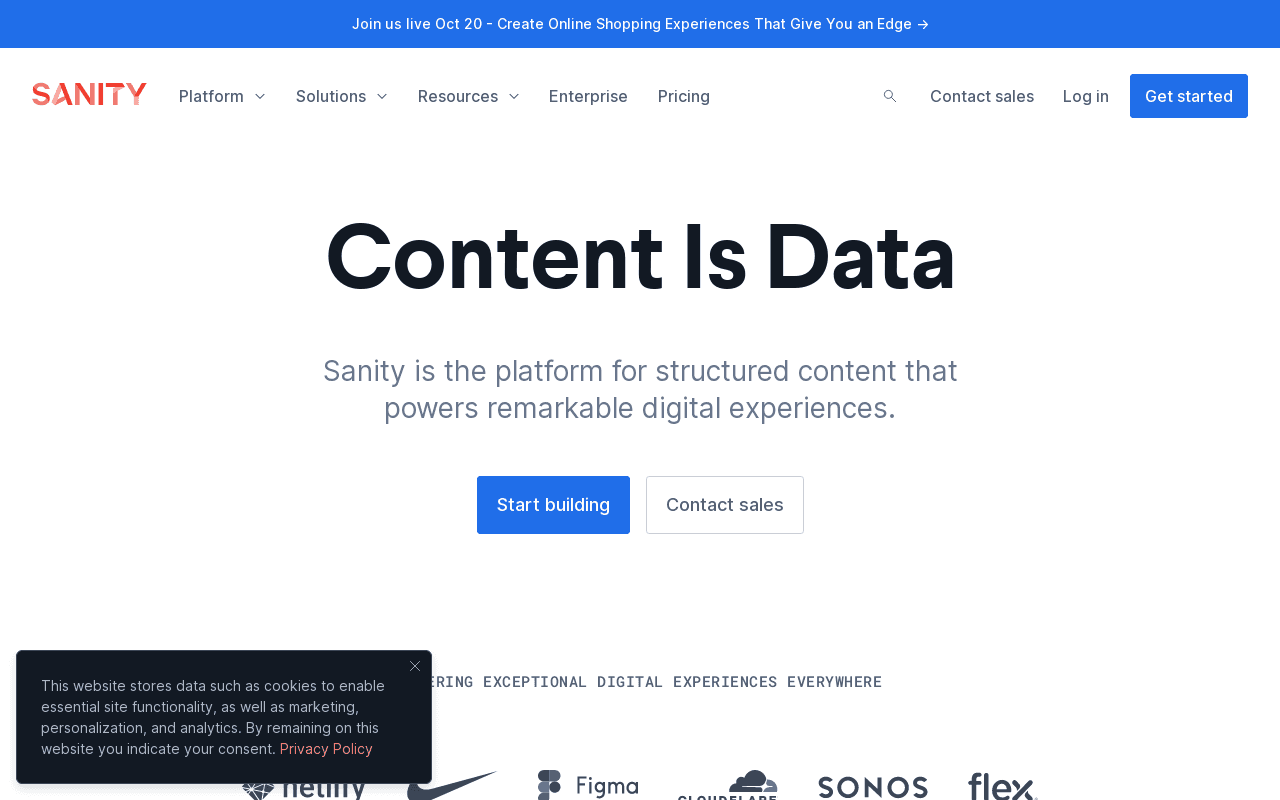
Sanity is a powerful, real-time headless CMS ideal for dynamic content-driven sites and eCommerce. It offers an open-source interface, high flexibility, and customizable schemas. Moreover, it's one of the best headless CMS for React, Next.js.
- Real-time collaboration and scalable Content Lake storage.
- JSON-based content with real-time GraphQL access via CDN.
- Centralized API-first content management.
- Schema generation with JavaScript objects.
- Ideal for enterprises and content-heavy platforms.
Netlify CMS (Rebranded as Decap CMS)
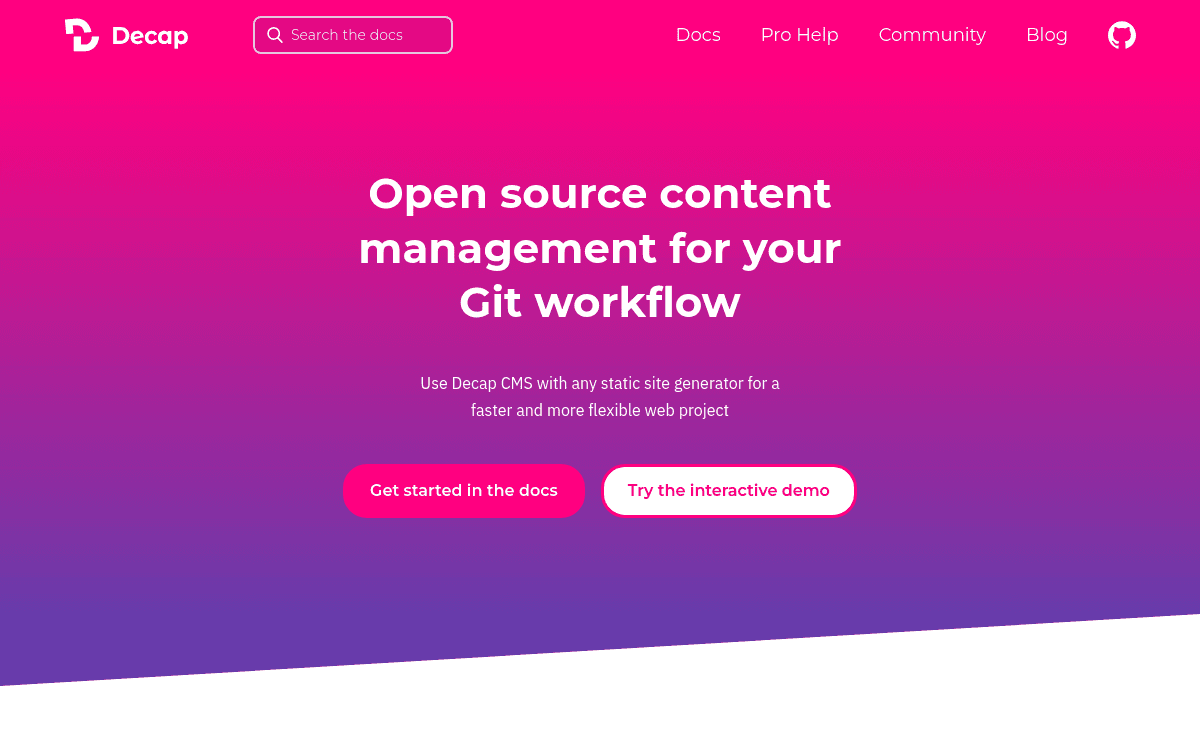
Netlify CMS, now Decap CMS, is an open-source, Git-based headless CMS designed for static site generators. It's built as a React app for fast, secure, and flexible content creation.
- Works seamlessly with static site generators like Jekyll.
- Custom-styled previews, UI widgets, and editor plugins.
- Real-time content previews and fast publishing.
- Easy backend integration with Git APIs.
- Single-page application for smoother experience.
Contentful
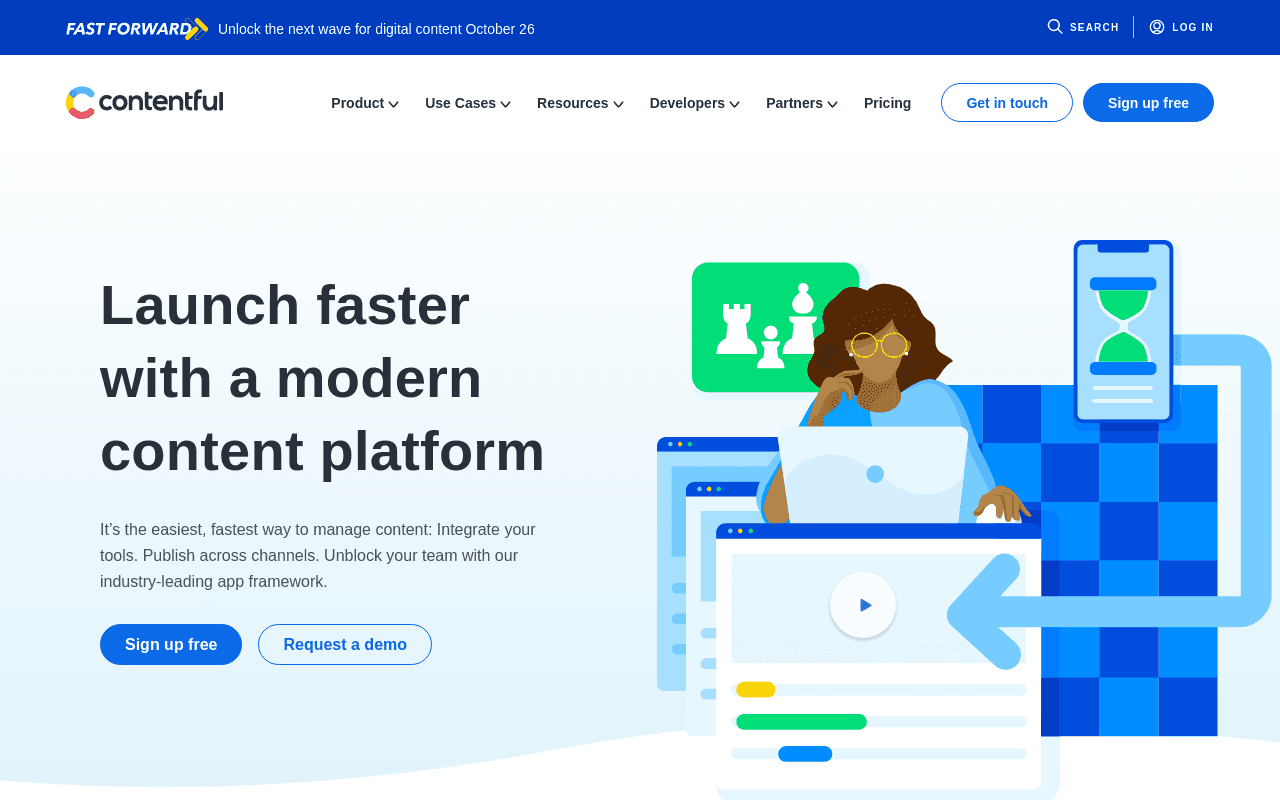
Contentful is a leading API-first and open-source headless CMS used by top global brands. It's designed for digital teams to create and deliver content experiences faster.
- Integrates with Bynder, Commerce.js, Cloudinary, and more
- Server-side support for .NET, Python, Ruby, PHP
- User-friendly UI with a small learning curve
- Offers developer learning paths and certification
- Used by brands like Danone, Staples, and GoodRx
Strapi
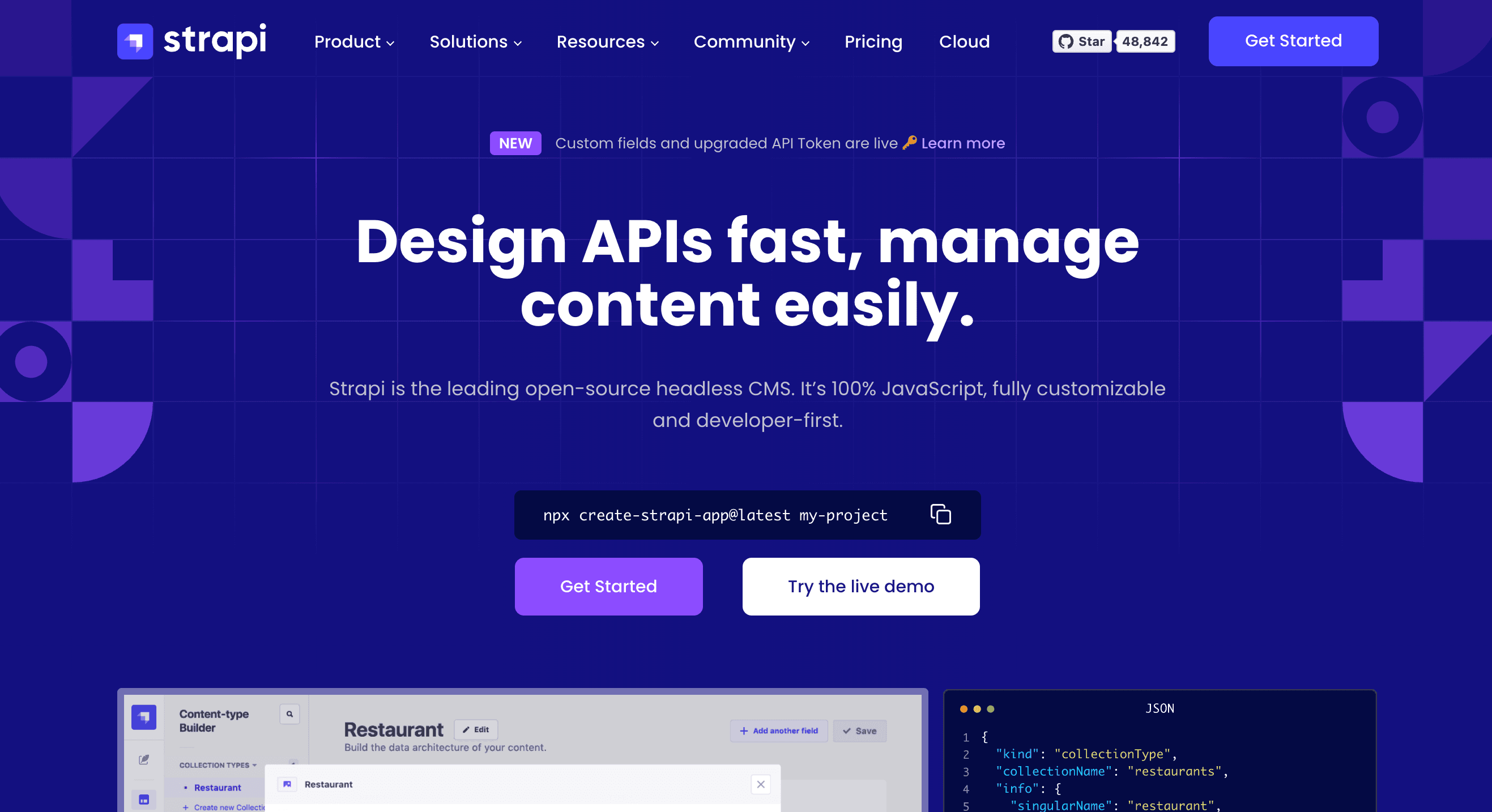
Strapi is a self-hosted, open-source headless CMS that empowers developers to create and distribute content quickly — even without coding knowledge.
- 100% JavaScript-based and customizable
- Supports REST, GraphQL, Query Engine APIs
- Compatible with Vue.js, Angular, React, Next.js, and Svelte
- Integrates with tools like Redis, SendGrid, Sentry
- Trusted by giants like Toyota, NASA, Walmart
Tina CMS

Tina CMS is a Git-backed headless CMS built for Next.js sites. It enhances on-site content management with real-time visual editing.
- Built using React for quick setup
- Offers Content API and GraphQL API
- Customizable visual editing experience
- Perfect for developers and content creators alike
- Boosts content workflow and preview accuracy
Storyblok
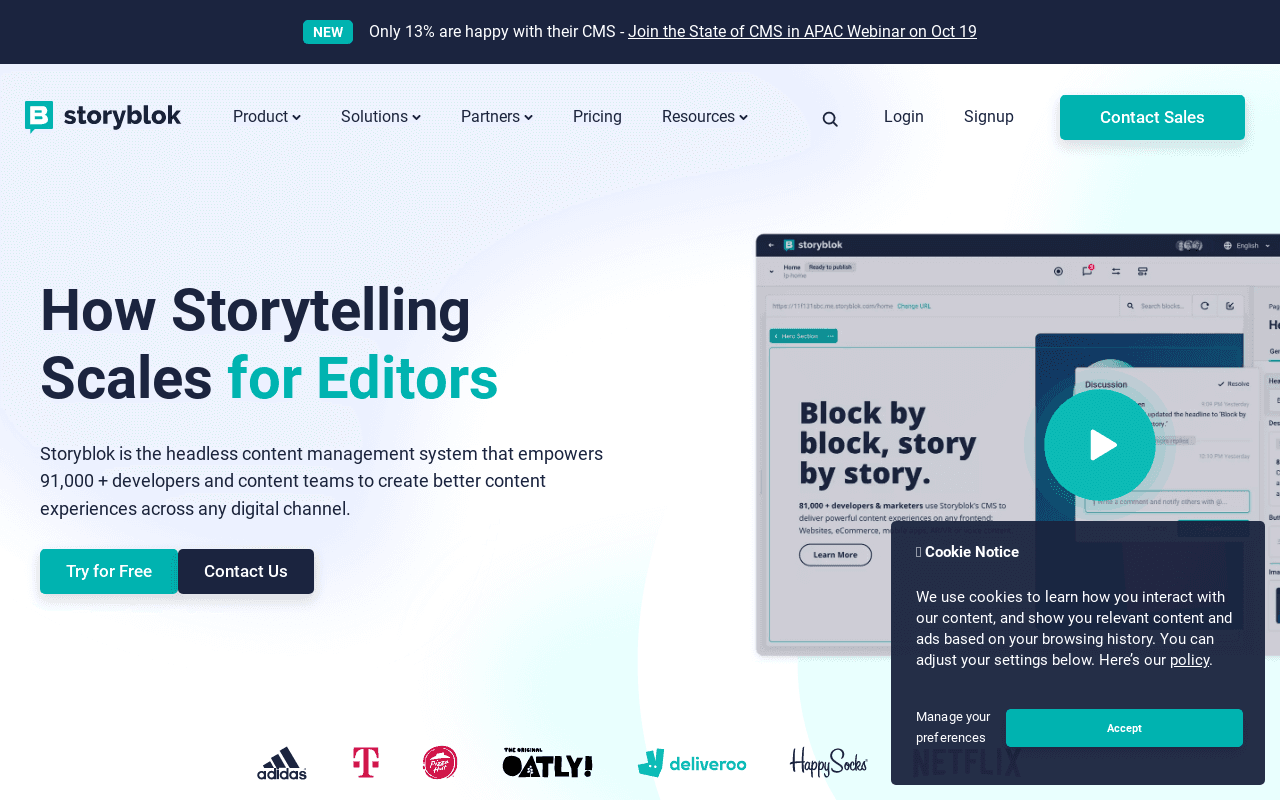
Storyblok is the first headless CMS that truly serves both developers and marketers with visual editing and powerful APIs.
- Supports Vue.js, Next.js, React, Laravel, and more
- Visual editor for real-time content preview
- Used by brands like Adidas, Pay One, Marc O'Polo
- Pricing starts at 99 Euros/month
- Ideal for websites, eCommerce, and mobile apps
WordPress
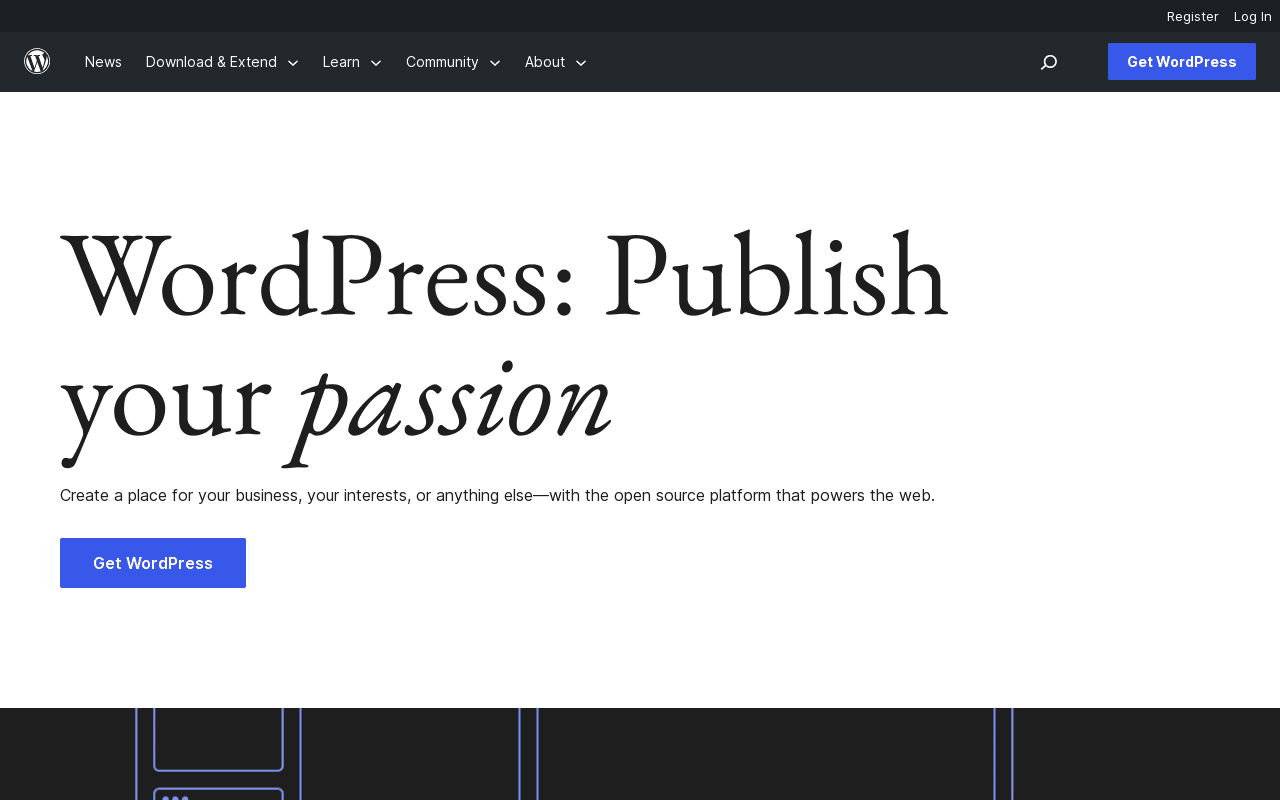
WordPress remains the most popular headless CMS, offering flexibility for everyone from bloggers to enterprises using the REST API.
- Familiar publishing interface
- Easily hosted on shared or cloud servers
- Integrates with React, Vue.js, and Angular
- Great community support and plugins
- Extensible for both small sites and complex apps
DatoCMS
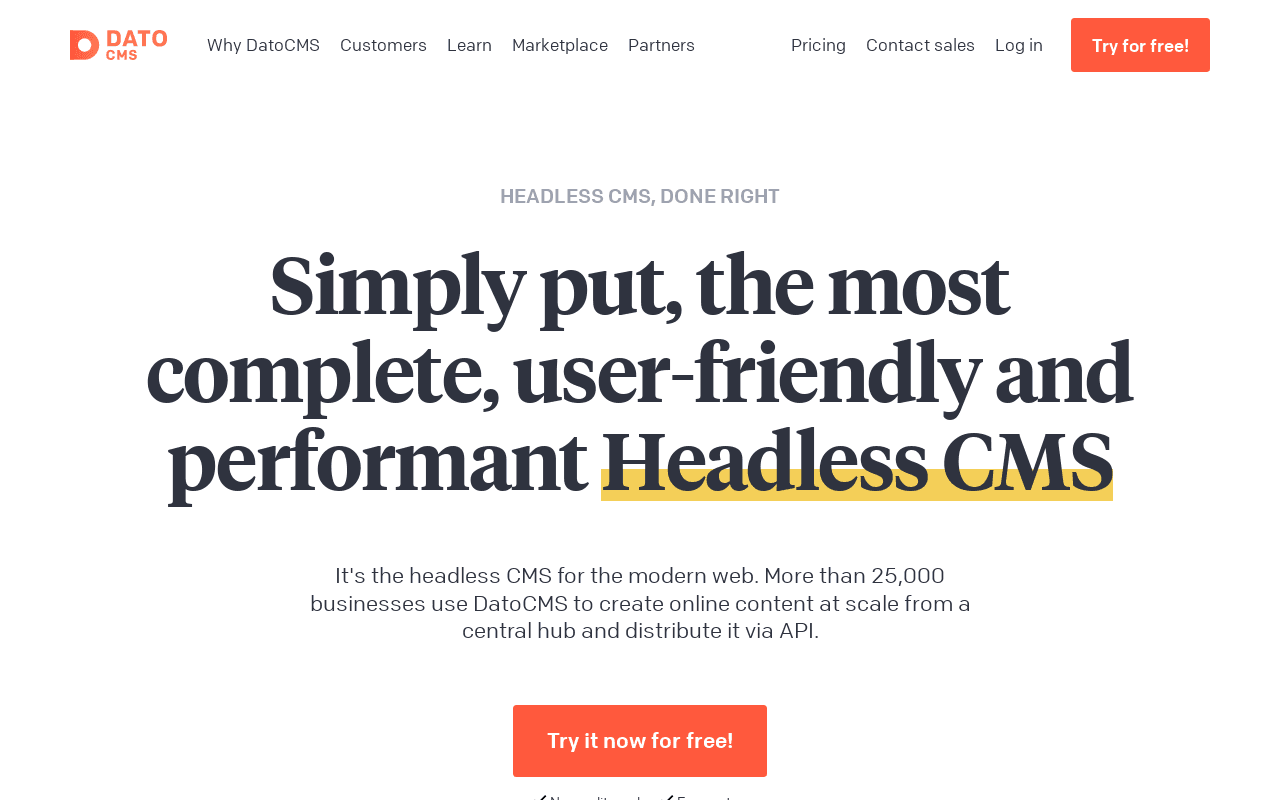
DatoCMS is an API-first headless CMS powered by GraphQL, designed for modern web projects. It features intuitive content modeling, powerful APIs, and easy scalability.
- Visual schema builder and comfortable image manipulation.
- Supports multilingual content and webhooks.
- Seamless integration with Gatsby, Next.js, and React.
- Used by 4000+ businesses for global content delivery.
- Scalable API-driven architecture.
Hygraph
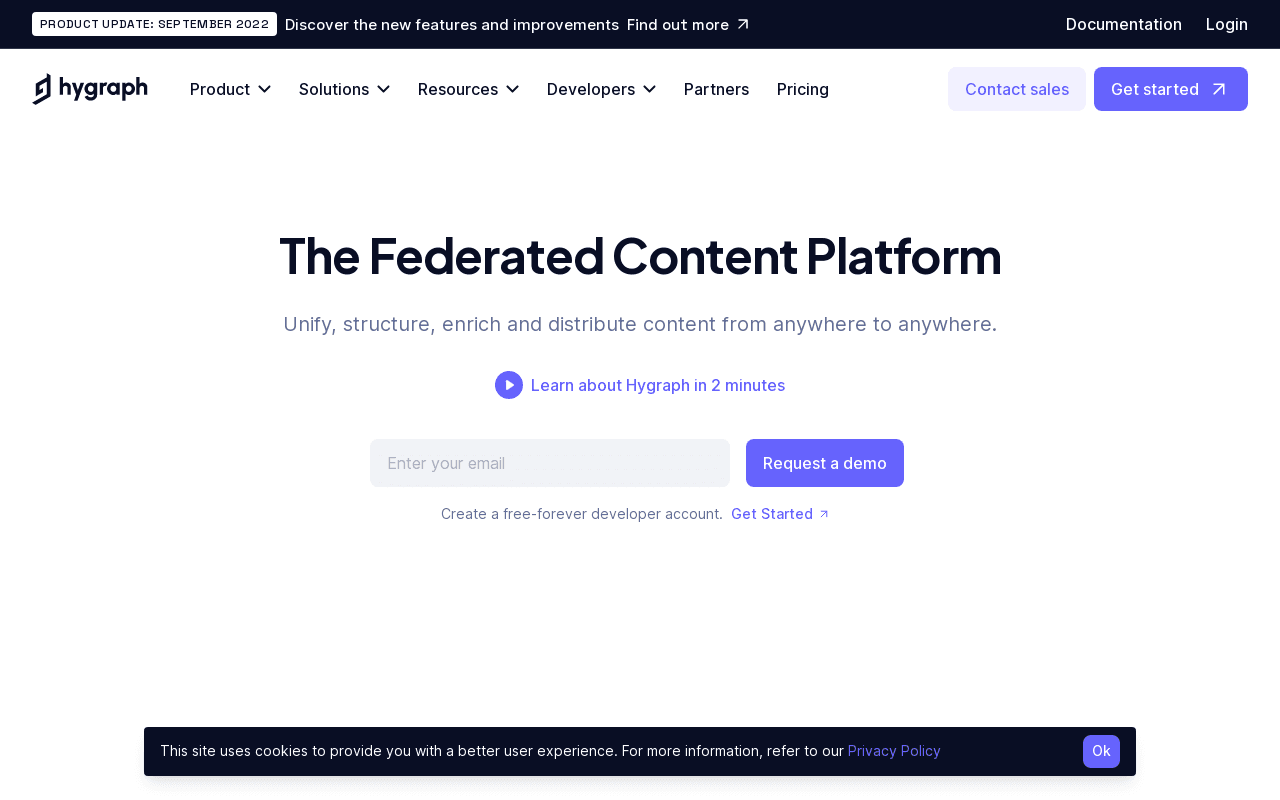
Hygraph (formerly GraphCMS) is a native GraphQL CMS focused on content federation. It connects multiple services to deliver content across channels with ease.
- Compatible with React, Next.js, Gatsby, and more.
- Simple GraphQL API for content federation.
- Used by Samsung, Shure, Ashley Furniture, and others.
- Free and premium pricing plans available.
- Ideal for startups and large-scale enterprises.
Prismic
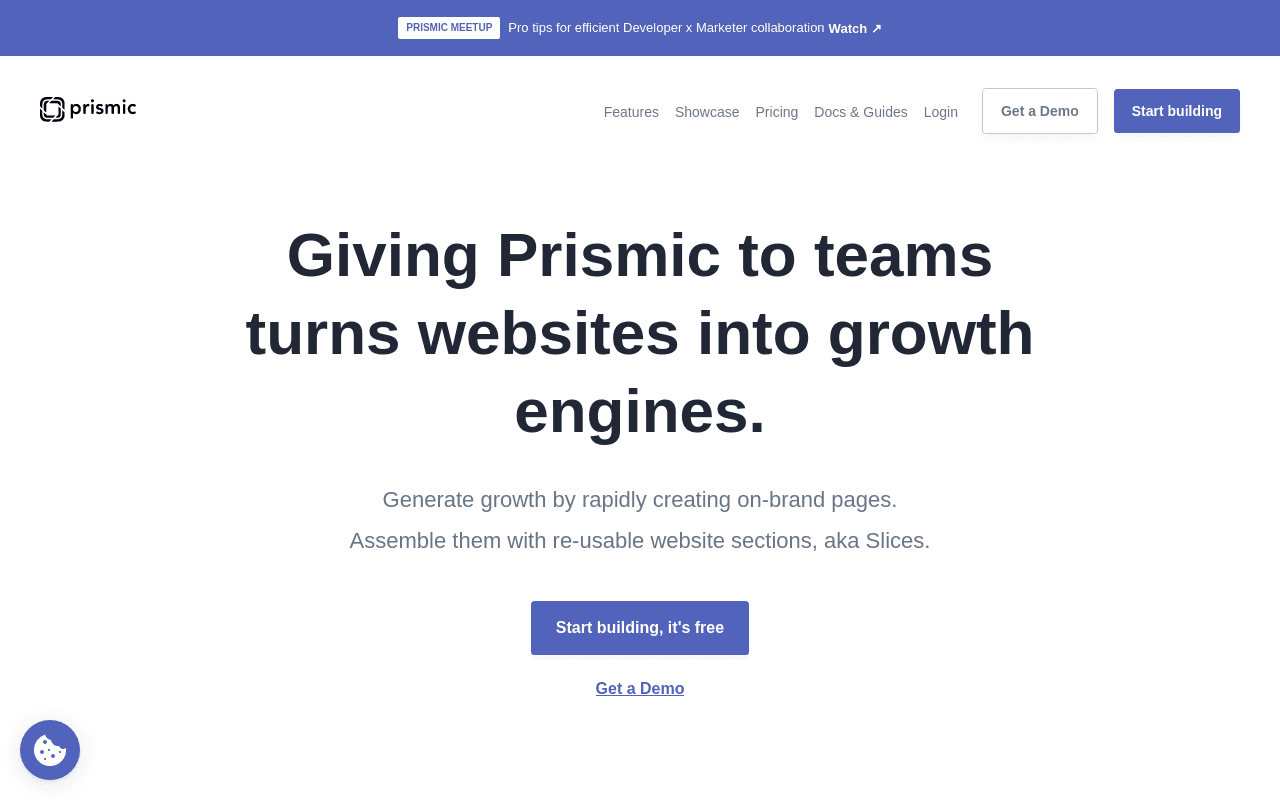
Prismic is a SaaS-based headless CMS offering flexibility across frameworks, languages, and technologies. It's trusted by major brands for scalable content management.
- Supports Node.js, React, Next.js, Gatsby, Vue.js, and Nuxt.
- Used by Google, Netflix, and other global brands.
- Basic free tier available with paid upgrades.
- Allows full freedom of tech stack selection.
- Headquartered in San Francisco, California.
Payload CMS
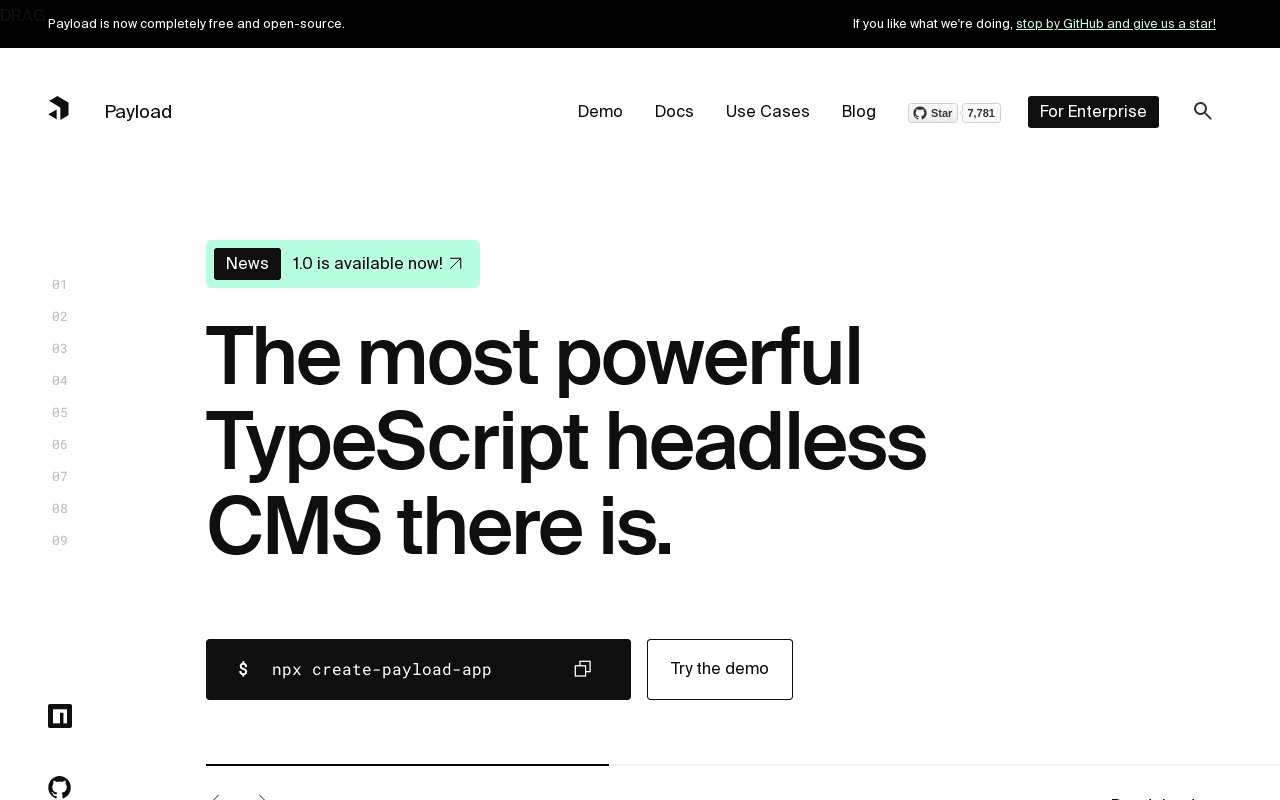
Payload CMS is a self-hosted headless CMS designed for JavaScript applications. It provides full control over data, authentication, and content delivery.
- GraphQL and REST APIs automatically available.
- Turn-key user authentication and file upload system.
- Localization, access control, and input validation included.
- Admin panel built with modern JavaScript.
- No need for steep learning curves—just JavaScript skills.
Directus
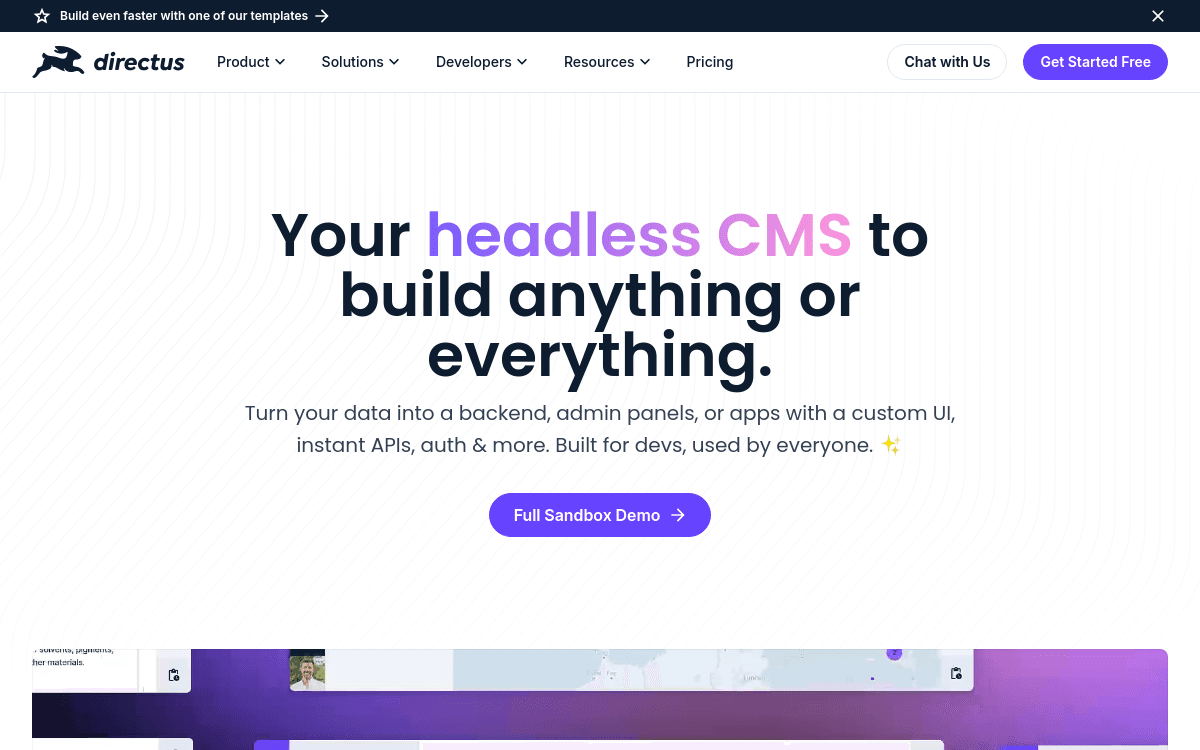
Directus is an open-source CMS and backend platform that enables teams to manage content directly in SQL-based databases with flexibility and ease.
- Works with MySQL, PostgreSQL, and other SQL databases.
- User-friendly admin interface for tech and non-tech users.
- Supports custom data modeling with powerful APIs.
- Fully open-source and highly scalable.
- Ideal for complex digital experiences.
Craft CMS
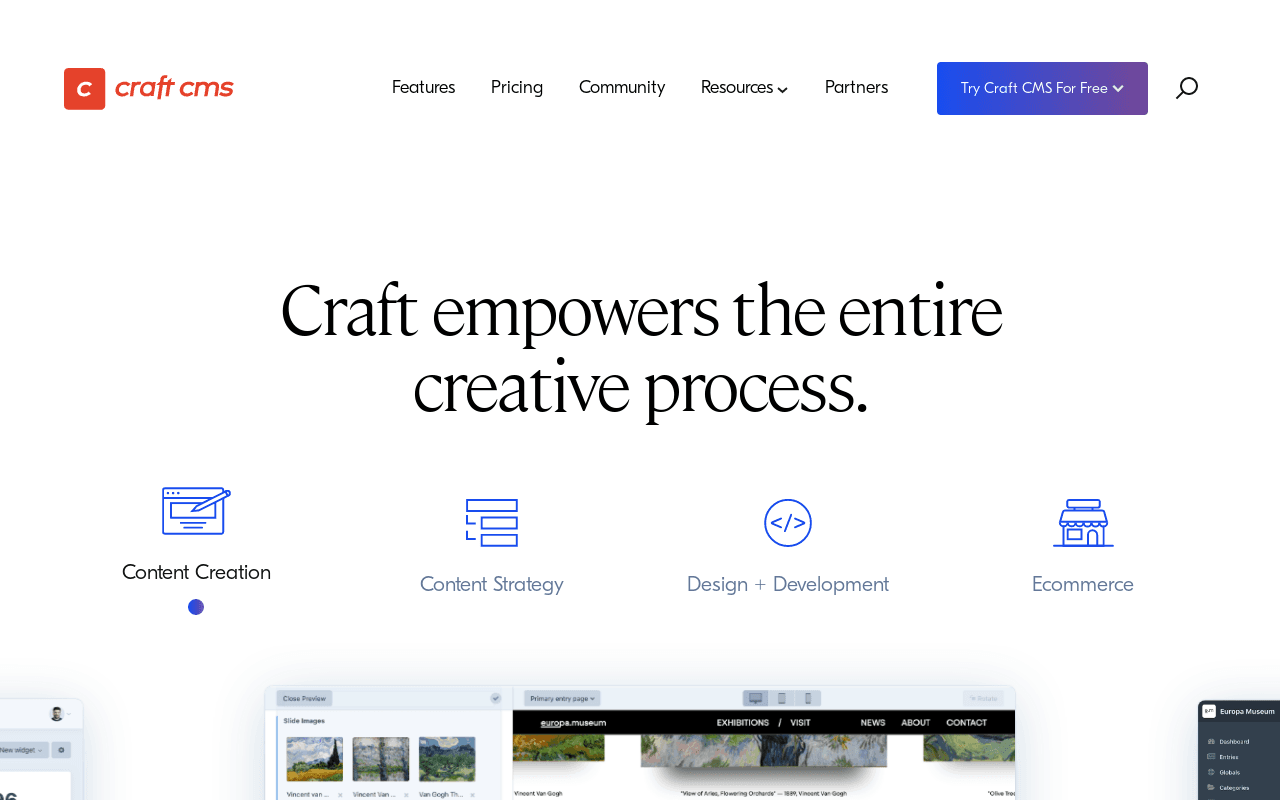
Craft CMS is a flexible and user-friendly headless CMS that provides a clean-slate content modeling approach and a powerful plugin ecosystem.
- Fast templating system based on Twig.
- Fully customizable backend for unique digital experiences.
- Native plugin store with hundreds of options.
- Integrates with marketing tools like Salesforce and HubSpot.
- Strong community support and flexible SLAs.
Magnolia
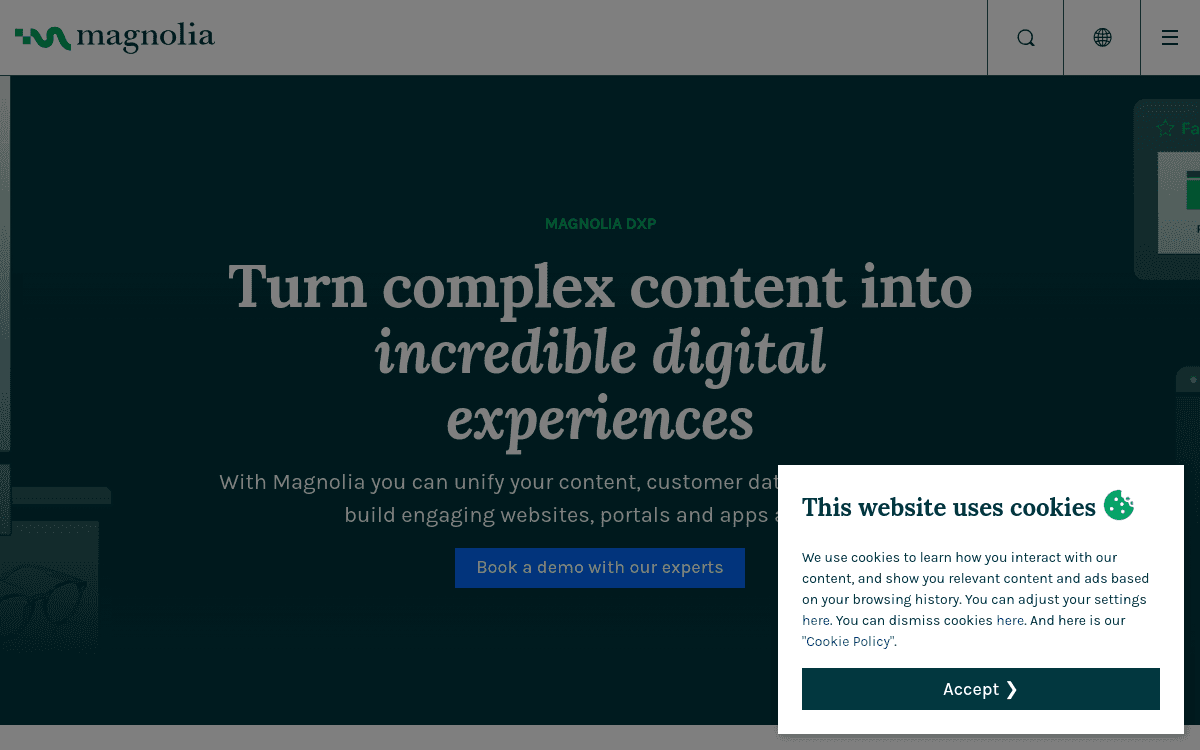
Magnolia is a robust, open-source CMS built on Java, focused on flexibility, speed, and developer-first experiences. It's designed to deliver superior digital experiences.
- API-based architecture with open developer tools.
- Focus on enterprise-level scalability and functionality.
- Fast-moving platform since 1997.
- Two main pricing plans with customizable features.
- Ideal for businesses seeking digital transformation.
Agility CMS
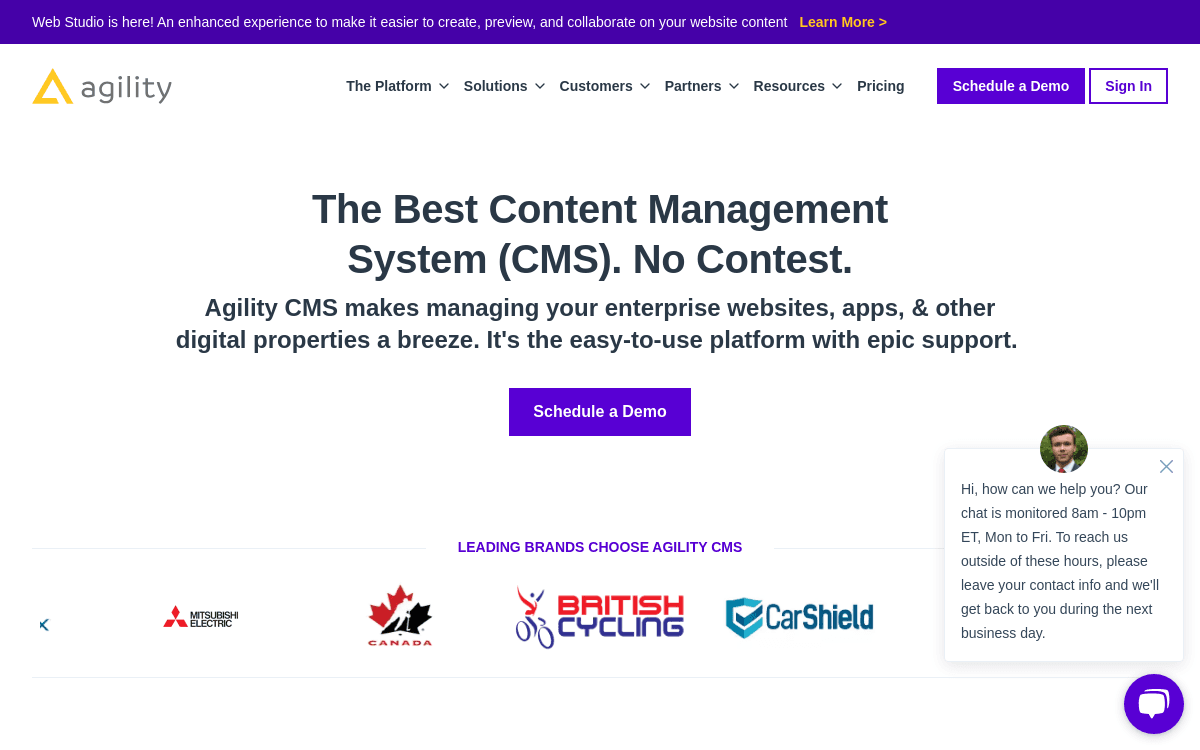
Agility CMS is a cloud-based, API-first headless CMS offering fast integrations, strong security, and excellent developer flexibility across frameworks.
- Works with React, Angular, Vue.js, and .NET.
- Supports GraphQL, RESTful APIs, and SDKs.
- Advanced login control and multi-factor authentication.
- User-friendly content creation and management.
- High-level encryption for admin security.
Final Words
Choosing the right headless CMS transforms how you manage and deliver content. These platforms offer scalability, flexibility, and seamless integration with modern frameworks—ideal for startups, enterprises, and everything in between.
They let you share content across multiple channels without being tied to a single front-end. A good headless CMS ensures efficient content delivery across all platforms.